The trail race that every runner must experience
Making tracks on the Trans Gaspesia Trail takes runners to the edge of North America and back.
For trail runners, the road less traveled often makes the best course. When Land’s End Expedition race director Matt Nelson began talking about the idea of organizing an ultramarathon along the Gaspé Peninsula with a good friend and running buddy who was a native to the Gaspé area, he never knew the trails existed. “He was talking about how beautiful it was,” says Nelson, “he said the trails were well marked and immaculate.” Beyond it’s beauty, the Trans Gaspesia 2014 covered a 260km distance and was the first multi-day, self-supported stage race in Canada.
Why Gaspé: According to Nelson, part of the draw was bringing runners to a part of North America that they wouldn’t otherwise visit. “Working with the national parks staff we were able to choose a course that highlighted the most amazing parts of the trail,” he says. From the southern alpine area to the coastal line, runners will find their way to the final point winding along the east coast with chance to witness whale and black bear sightings. “What pulls you up is the opportunity to do something unique,” he says, “we want them to say that would be cool and we’re giving you a justification to do more than flip through a copy of National Geographic.
For Who: Although the inaugural event was kept to a close-knit group of about 30 international ultra runners representing 13 different countries, in future years, Nelson and his team hope to expand the event. “We wanted to test the course, make sure it worked and this will be an ongoing event in Gaspé for years to come,” says Nelson. But while many ultra events of this nature can draw thousands, Nelson is aiming for a much more intimate group, aiming to cap out at 100 runners. “When you experience this together there’s a shared bond,” says Nelson, one that is further underscored with the chance to share stories around campfires, something that’s often more feasible with smaller groups. “People are there to be at one with nature, see what the world has to offer, and so they develop close friendships on the course.”
On Course: With the intention of appealing to a broad range of runners, Nelson says the course was designed for runners to move through at their own pace. While faster runners will have more recovery time than slower ones, the course is completely doable for runners to complete at their own pace. “We want that guy [or girl] who is only running marathons to get out there,” he says, “This is a race and destination that everyone needs to visit.”
Why iRun: According to Nelson, it’s about connecting to his sense of self. “The sense of being on the edge and these races take you to places on the planet that you had absolutely no reason to visit otherwise.”
Find out more about other ultramarathon events including the Trans Gaspesia 2015.




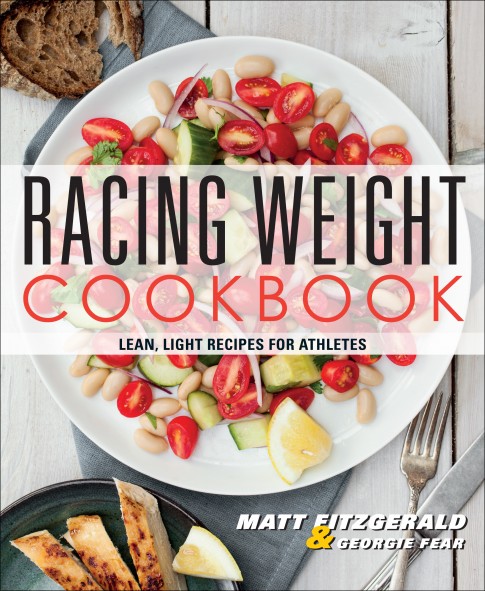
![Virtue & Moir Sochi - 01[7]](https://www.irun.ca/wp-content/uploads/Virtue-Moir-Sochi-0174-640x425.jpg)
![Tessa Virtue[9]](http://irun.ca/wp-content/uploads/Tessa-Virtue9-200x300.jpeg)
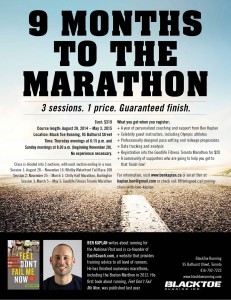





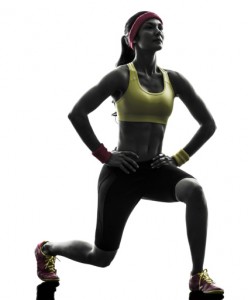
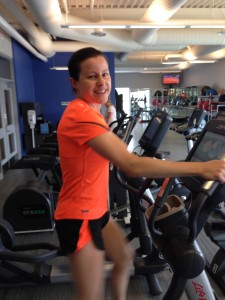
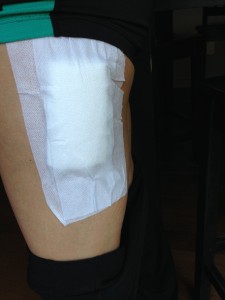

 Our Magazine
Our Magazine
